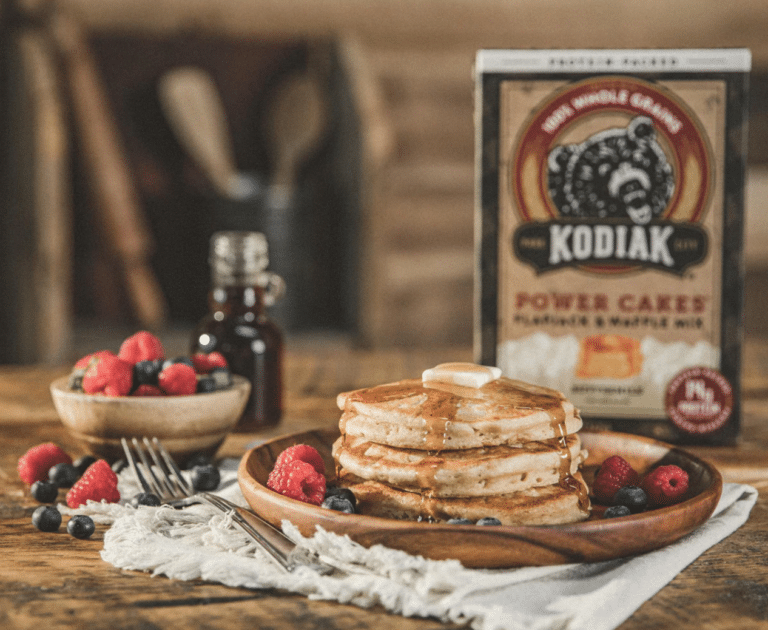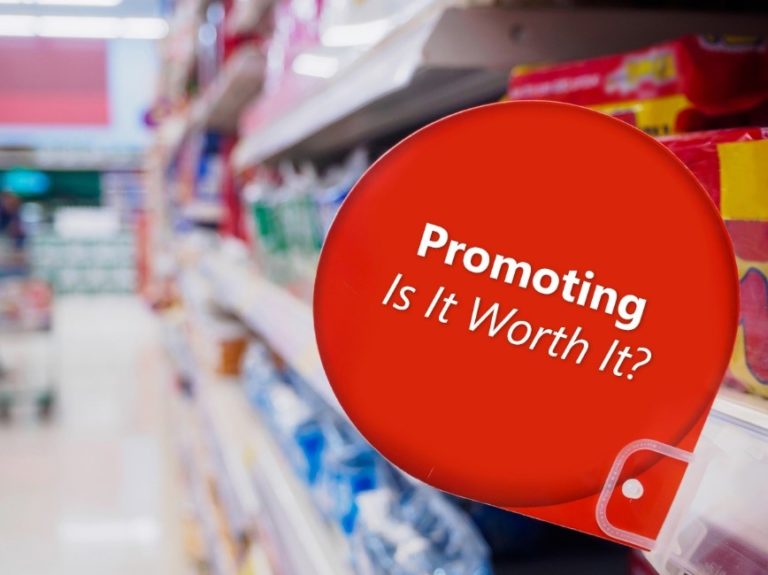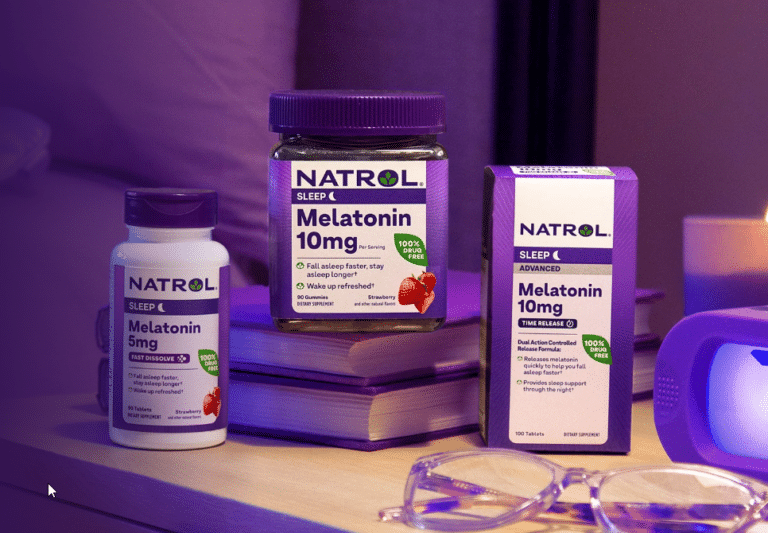
Kodiak Switches to BluePlanner Trade Promotion Management (TPM)
Kodiak Cakes, maker of whole grain and protein-packed breakfast foods and snacks, has s...

For previous editions of this series, we have looked at calculating promotional ROI and cannibalization. Now we are going to take a step back and look at the entire concept of promotions, asking the question: “Why do consumer goods manufacturers promote at all?”
The default response of many is ‘to make money’, but, as we know, only about 40% of promotions have a positive ROI, so this cannot really be cited as a justification. ‘Build brand loyalty’? Probably not. Yes, there are some “Brand Loyalists”, but they tend to be few and far between. They view any promotion on their specific product as a reward and perhaps use the opportunity to stock up, especially on higher priced items.
Most consumers are fickle and will have several products within their “consideration set”, so if Brand A is not available or “on-deal”, they will happily buy Brand B, or C, or D… Some shoppers, especially during periods of restricted disposable income, will only buy those products that are on promotion, actively hunting for deals across brands within categories.
Consider block cheese: if it’s on your shopping list, you are more likely to buy your second or third choice brands that are on deal than not make a purchase at all. Particular categories, especially long-life products, are almost exclusively bought on promotion. Has anyone ever bought full price dishwasher cleaner, for example?
In all these cases, manufacturers are almost exclusively switching shoppers from a competitor brand to their own or cannibalizing different pack sizes from their own portfolio, which, as we have discussed previously, is not always a good idea.
For new brands, promotions do get a product onto a consumer’s ‘consideration set’, which is particularly important for NPD to drive trial, hence so many “Introductory offers”. In a crowded market-driving trial, gaining market share and building ‘Base’ volume is critical to ensuring a new entrant is not one of the +80% of new products that fail each year.
For mature brands, promoting is more importantly driving increased distribution, frequency, and rate of purchase for existing buyers, either the “Brand Loyalists”, as above, or from occasional shoppers. These metrics all combine to increase volume and therefore revenue, which is why manufacturers promote.
Promotions drive revenue, not always profitability. The trick is doing this effectively and delivering a positive ROI, while not tarnishing brand reputation, creating false value perceptions or encouraging price sensitivity. Good promotional planning mixes mechanics, maintains brand equity, and aligns to the longer-term brand strategies, delivering sustainable value growth.

Kodiak Cakes, maker of whole grain and protein-packed breakfast foods and snacks, has s...

BluePlanner was taken to the market 15 years ago. Over this time, the majority o...

Vytalogy Wellness, a modern wellness company formed by merging the brands Natrol and Ja...
